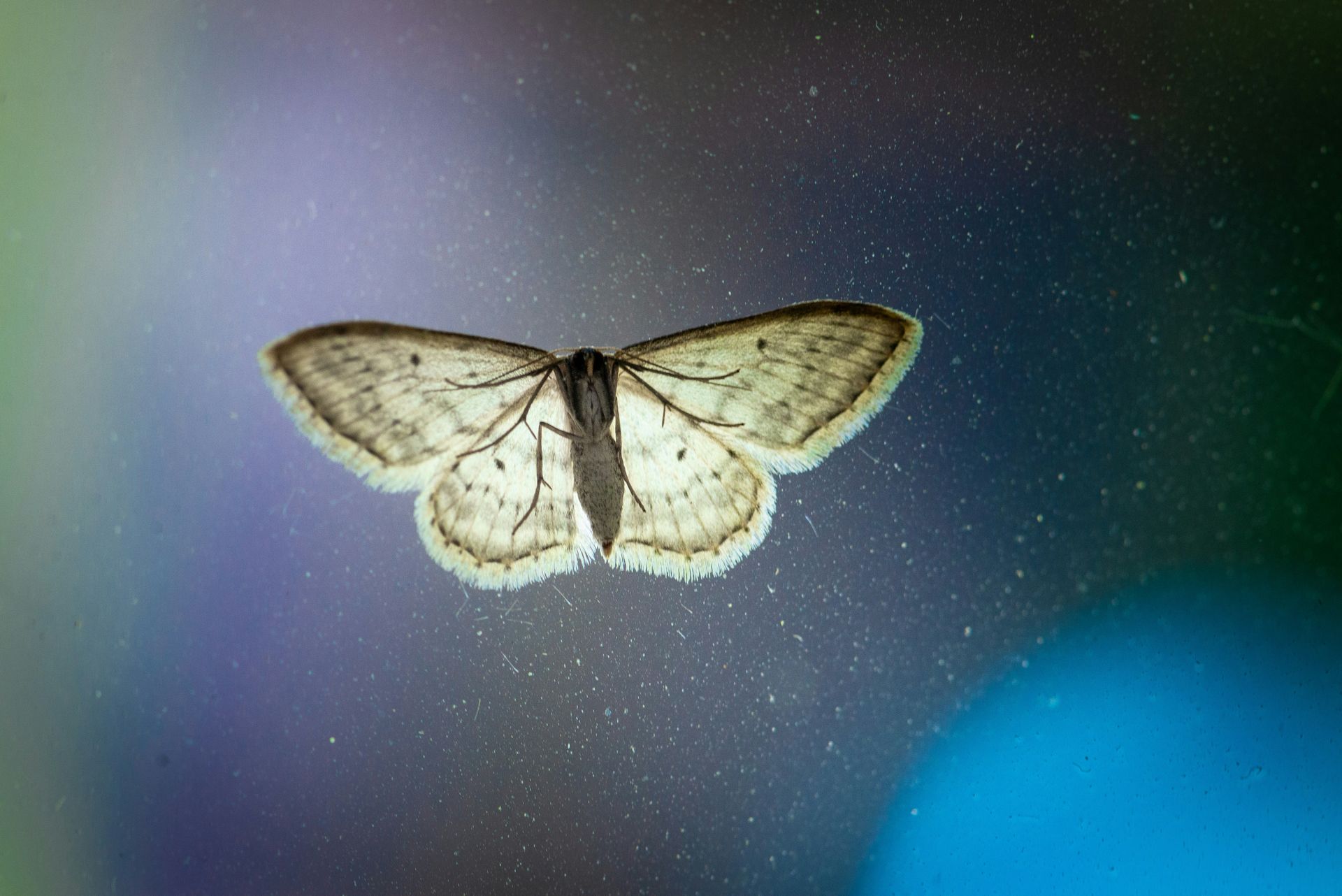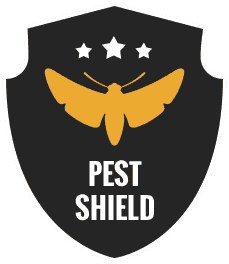Moth Infestations: Identifying Signs and Effective Solutions
Welcome to 24/7 Local Pest Control, your trusted solution for moth infestations. Our specialized service is dedicated to safeguarding your home and belongings from the damaging effects of moth invasions. Moths may seem innocuous but left unchecked, they can wreak havoc on clothing, fabrics, and stored items, causing irreparable harm. That's why it's crucial to address both problems promptly.
With our expertise and effective pest control methods, we ensure that your living spaces remain moth-free, preserving the integrity of your belongings and providing peace of mind. Don't let moths compromise the quality of your home – trust our experienced team to deliver swift and reliable solutions. At 24/7 Local Pest Control, we specialize in providing expert
moth pest control solutions.
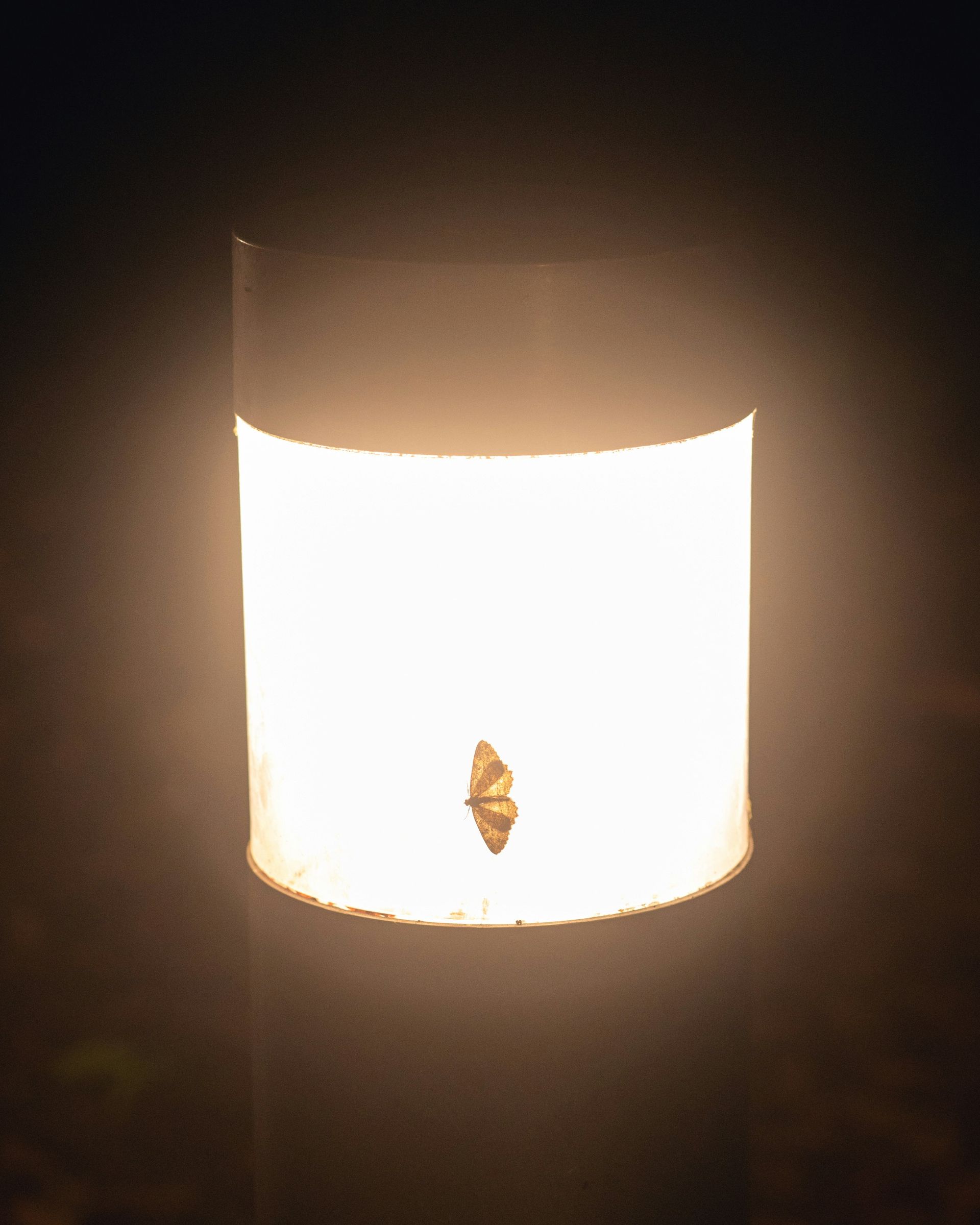
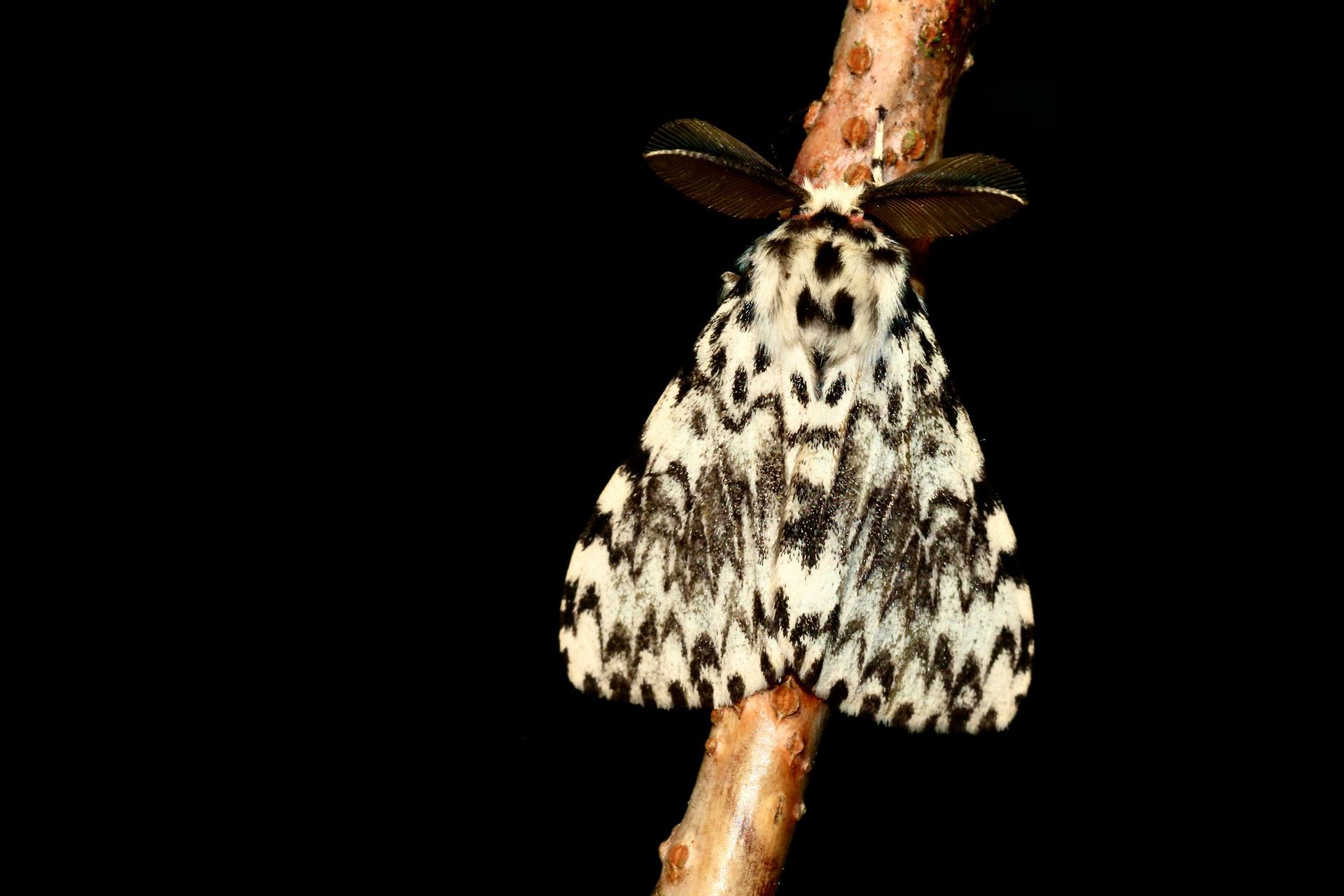
Understanding Moths
Moths are winged insects belonging to the order Lepidoptera, known for their nocturnal habits and often associated with fabric and pantry infestations. Their lifecycle typically consists of four stages: egg, larva (caterpillar), pupa, and adult.
Moths are attracted to dark, undisturbed areas where they can lay their eggs on suitable materials such as clothing, carpets, upholstery, and stored food items. The larvae emerge from the eggs and feed voraciously on these materials, causing significant damage over time.
Common types of moths that infest homes include:
- Clothes Moths (Tineola bisselliella and Tinea pellionella): These moths primarily target natural fibers such as wool, silk, fur, and feathers, commonly found in clothing, carpets, and upholstery.
- Pantry Moths (Plodia interpunctella and Ephestia spp.): Pantry moths infest stored food products such as grains, flour, cereals, nuts, and dried fruits, contaminating them with their larvae and silk webbing.
The damage caused by moth infestations can vary depending on the type of moth and the materials they infest. Common signs of moth damage include holes, eaten fabric fibers, silk webbing, and larvae casings. In addition to the physical damage, moth infestations can also result in financial losses and emotional distress due to the loss of cherished or valuable items.
It's essential to address moth infestations promptly through effective pest control measures to prevent further damage and protect your belongings.
Our Approach to Moth Pest Control
Our company's approach to moth pest control prioritizes effectiveness and safety while minimizing environmental impact. We understand the importance of using eco-friendly methods to ensure the well-being of our customers, their families, and the environment.
Here's how we tackle moth infestations:
- Thorough Inspection: Our trained technicians conduct a detailed inspection of your home and storage areas to identify moth hotspots, breeding sites, and entry points.
- Targeted Treatment: We utilize a combination of safe and eco-friendly insecticides, baits, and traps specifically designed to eradicate moths while minimizing risks to humans and pets.
- Integrated Pest Management (IPM) Approach: We employ an IPM approach, combining chemical and non-chemical methods to control moth populations. Non-chemical methods may include sanitation, exclusion, and habitat modification to prevent future infestations.
- Safe Handling of Products: We ensure that all products used in our treatments are approved by regulatory agencies and applied according to manufacturer instructions to maximize safety and effectiveness. Our technicians are trained in proper handling and disposal of pest control products to minimize environmental impact.
- Ongoing Monitoring and Prevention: After treatment, we continue to monitor moth activity to ensure that infestations are fully eradicated. We provide recommendations for preventive measures to minimize the risk of future moth infestations, such as proper storage practices and regular inspections.
With our commitment to using safe and eco-friendly methods, along with our expertise in moth pest control, you can trust us to effectively eliminate moth infestations from your home and storage areas while prioritizing the health and safety of your family and the environment.
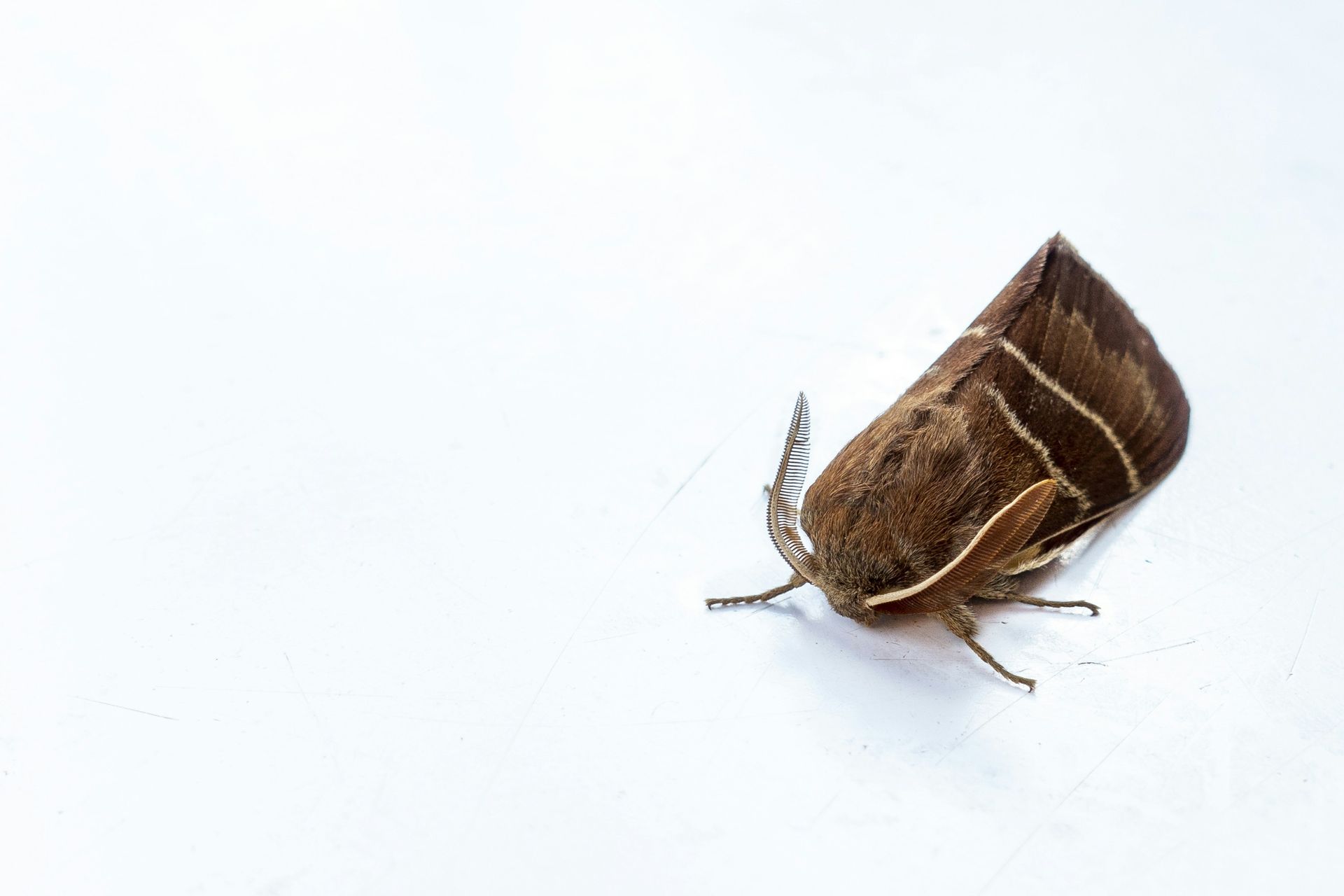
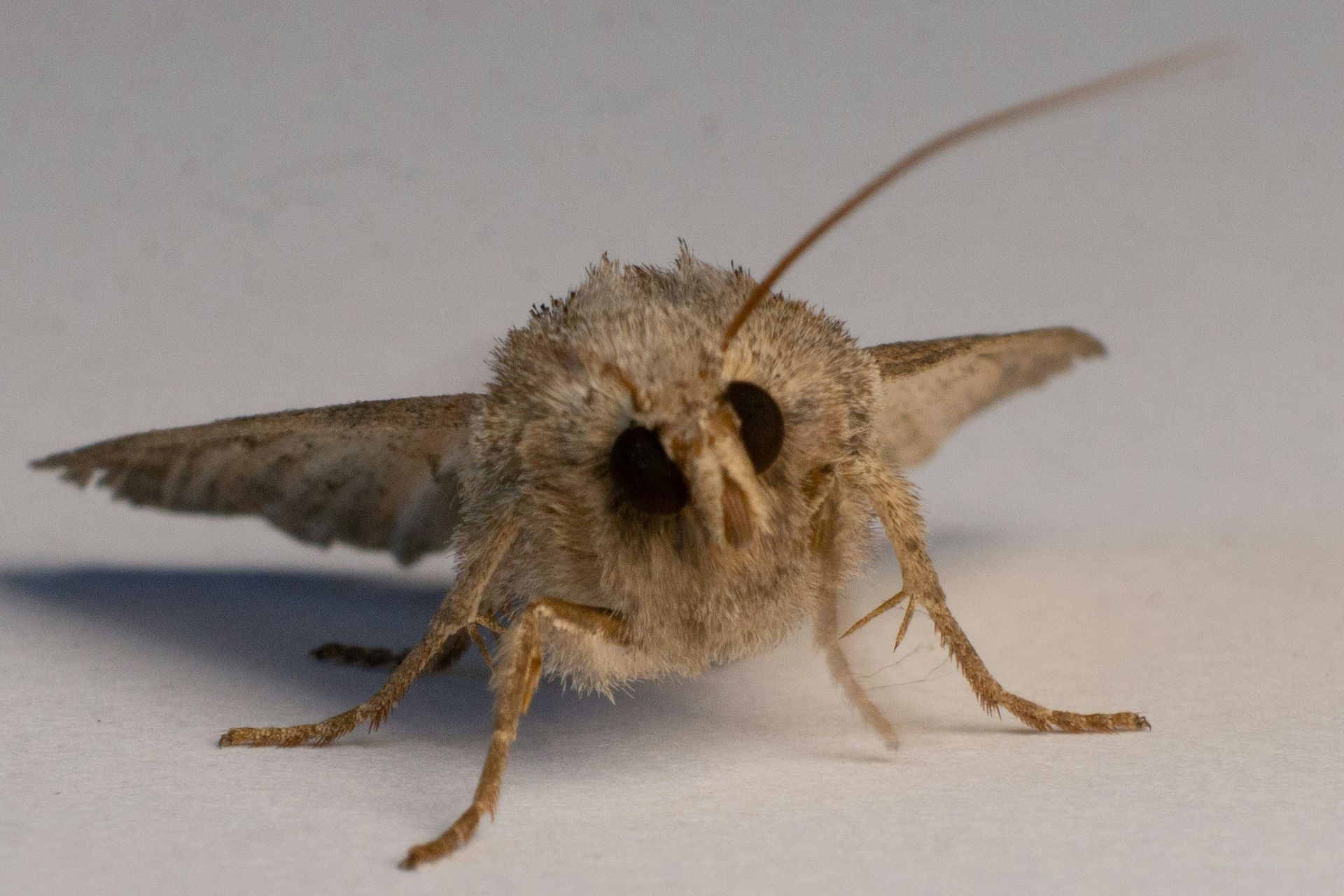
Services Offered
Our pest control services tailored for fleas encompass a comprehensive range of solutions designed to address infestations effectively while ensuring the safety and well-being of your family and pets.
Indoor Treatments:
- Targeted Application: We apply residual insecticides to key indoor areas where fleas are likely to hide, such as carpets, rugs, upholstered furniture, and pet bedding.
- Crack and Crevice Treatment: We treat cracks, crevices, and other potential harborage sites to reach hidden flea populations.
- Insect Growth Regulators (IGRs): We use IGRs to disrupt the flea lifecycle, preventing eggs and larvae from developing into biting adults.
Outdoor Treatments:
- Yard Sprays: We apply liquid or granular treatments to outdoor areas where fleas thrive, such as grassy areas, shrubbery, and shaded spots.
- Perimeter Defense: We create a protective barrier around your home's perimeter to prevent fleas from migrating indoors.
- Flea Fogging: In severe infestations, we may use fogging treatments to rapidly reduce outdoor flea populations.
Pet-Friendly Options:
- Non-Toxic Formulations: We offer pet-safe products that effectively eliminate fleas while posing minimal risk to your furry companions.
- Consultation and Guidance: Our technicians provide advice on pet grooming practices and environmental modifications to further protect your pets from flea infestations.
With our tailored indoor and outdoor treatments and pet-friendly options, you can trust us to deliver effective flea control solutions that restore comfort and peace of mind to your home.
Prevention Tips
Preventing moth infestations requires proactive measures. Here are practical tips for homeowners:
- Proper Storage: Store clothing and fabrics in airtight containers or garment bags to prevent moths from accessing them. Consider using moth-repellent sachets or cedar blocks in storage containers to deter moths.
- Regular Cleaning: Regularly clean closets, drawers, and storage areas to remove dust, hair, and other debris that can attract moths. Launder clothing and fabrics before long-term storage to remove any moth eggs or larvae.
- Vacuuming: Vacuum carpets, rugs, and upholstered furniture regularly to remove moth eggs, larvae, and adult moths. Pay special attention to cracks, crevices, and other hidden areas where moths may lay eggs.
- Sunlight and Air Circulation: Allow sunlight and fresh air to enter closets and storage areas periodically to discourage moth infestations. Moths prefer dark, undisturbed areas, so maintaining good airflow and visibility can help deter them.
- Moth Repellents and Traps: Use moth repellents, such as pheromone traps or natural repellent sprays, in closets and storage areas to deter moths from laying eggs. Monitor moth activity by placing sticky traps or pheromone traps in closets and other moth-prone areas.
- Regular Inspections: Conduct regular inspections of clothing, fabrics, and stored items for signs of moth damage or activity. If you notice any signs of moths or their larvae, take immediate action to address the infestation.
By following these prevention tips and incorporating proper storage practices, regular cleaning and vacuuming, and the use of moth repellents or traps, homeowners can significantly reduce the risk of moth infestations and protect their belongings from damage.
